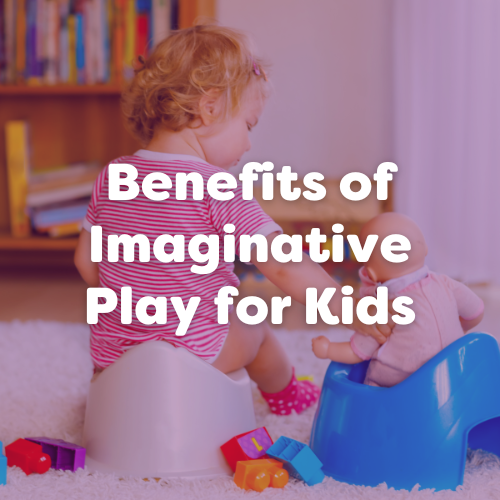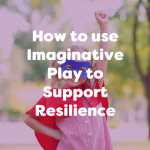The benefits of imaginative play for kids are often overlooked imaginative play is frequently seen as an activity to pass time rather than something that can be used to support learning. In this blog, we will delve into what Imaginative Play entails, and why it is important and provide you with tips and activities to try at home to encourage imaginative play with your little ones!
What is imaginative play?
Imagination is more important than knowledge. Knowledge is limited. Imagination encircles the world.
Albert Einstein
Imaginative play, often referred to as pretend play, involves activities in which a child will create or act out scenarios using their imagination. These scenarios could be ones they have seen, experienced or would like to experience. Such activities frequently involve props and allow children to explore their creativity freely.
Why is imaginative play important?
Imaginative play is so much more than a series of pretend games. By engaging in imaginative play, children can learn critical thinking skills, increase social skills and learn how to manage emotions. This means they are actively developing key skills that lay the foundation for future learning and social interactions. Read our blog that covers the importance of imaginative play to learn more!

What are the benefits of imaginative play?
On the whole, the benefits of imaginative play are endless, a few examples include:
- Cognitive development: children will develop their ability to have multiple ideas at once, problem-solve and think critically about imaginary scenarios.
- Storytelling: children can practice organising and ordering various different narratives and communicating them which in turn supports language development
- Emotional expression: children may act out scenarios that reflect their own experiences or ones they have imagined, both of which help them to process and understand complex emotions
- Empathy and understanding: role play allows children to view the world and various situations from different points of view which fosters feelings of empathy needed for later life
The benefits of imaginative play can be further broken down into specific age brackets…
Benefits for babies
- Through imaginative play, smaller infants will start to experiment with different objects and their environment which develops their knowledge of the world around them
- Babies can learn real-life actions in a stage called enactive naming. Here babies will mimic actions that they have seen for example putting a spoon in their mouth. This is not actively “playing” but instead showing knowledge.
Benefits for early years
- Imaginative play can be used effectively in classrooms and other learning environments to make lessons more fun and engaging
- Children can begin to learn and practice real-life scenarios such as cleaning, cooking and even parenting
What is the right age to introduce imaginative play to children?
There is no “set age” to introduce imaginative play to children and can be done from as young as 12 months where you might start to see mimicking. Naturally, as your child grows and develops you will start to see development in their play – it will become more complex and possibly involve others
3 Tips to Encourage Imaginative Play
- Create an environment that facilitates play: this could be a small corner of your space with resources or a specially created den for example
- Provide resources: the more open ended, the better. These don’t have to be specially bought resources but can be everyday household items. Make sure to refresh these resources when you can to spark new ideas and imagination
- Put time aside for play! Providing children with ample time for imaginative play can be the most powerful prompt and will result in more complex storylines and development.
Easy imaginative play activities for home
Using the tips above, imaginative play should be fairly easy to facilitate at home so why not try out some of our favourite activities…
- Create really random story bags to spark imaginations. For this, you will need one bag filled with locations, a second bag filled with characters and a third bag filled with objects. Start by asking children to select one thing from each bag and then create a story to act out! These bags can use random objects from around your house or be bought ready-made from our website.
- Create a puppet show! Puppets can again be made using simple household items like socks and their characters and storylines be created by your little ones! Set the stage for your children with our wooden puppet theatre and our family finger puppets!
- Cardboard box creations. Why not provide your children with some boxes or leftover packaging and see what they come up with? With your help, this box could become a spaceship, a house or even a washing machine!
- Cook along. Why not set your little one up next to you when completing different household tasks like cooking or cleaning or even working? Children can replicate the behaviours and actions they observe and expand the experiences with their imaginations
- Similarly, why not encourage imaginative play scenarios that children are engaged in? One such example could be washing their toys or dolls whilst they are also having a bath or dressing up in role-play costumes.
Looking for more inspiration? Read our blog which covers 10 easy imaginative play activities for children.
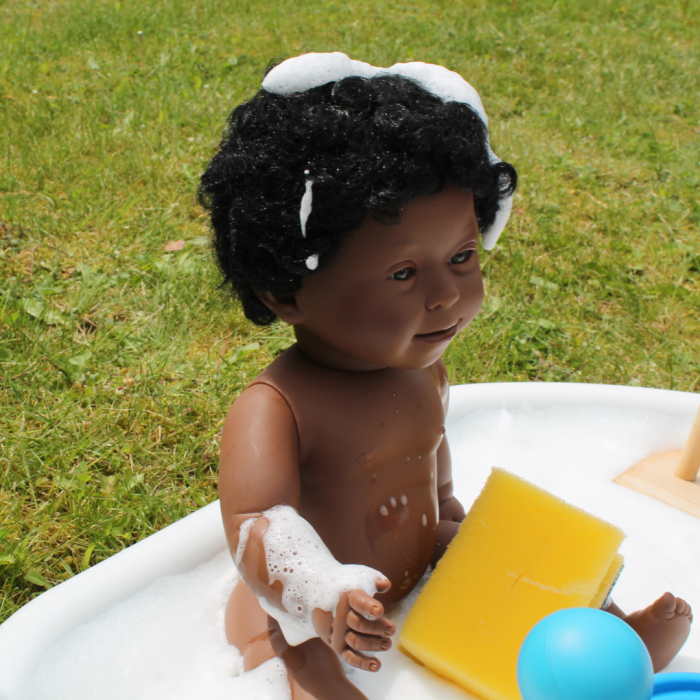
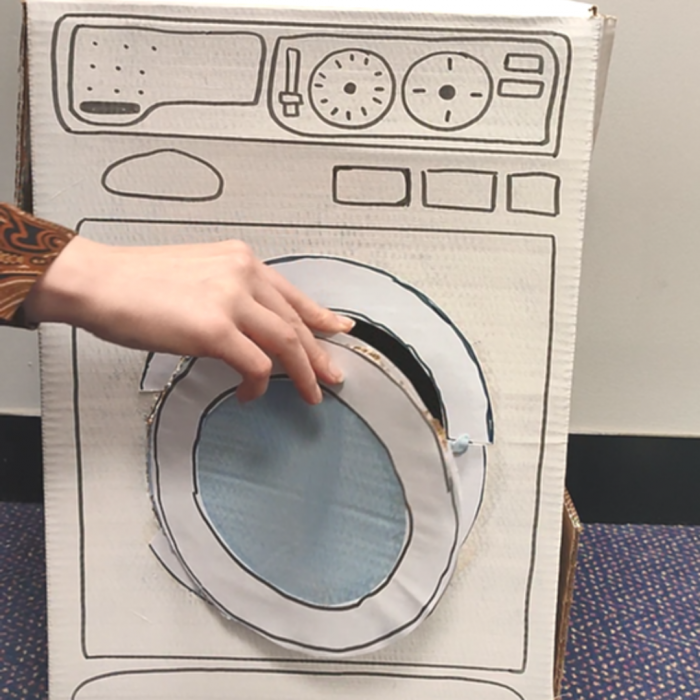
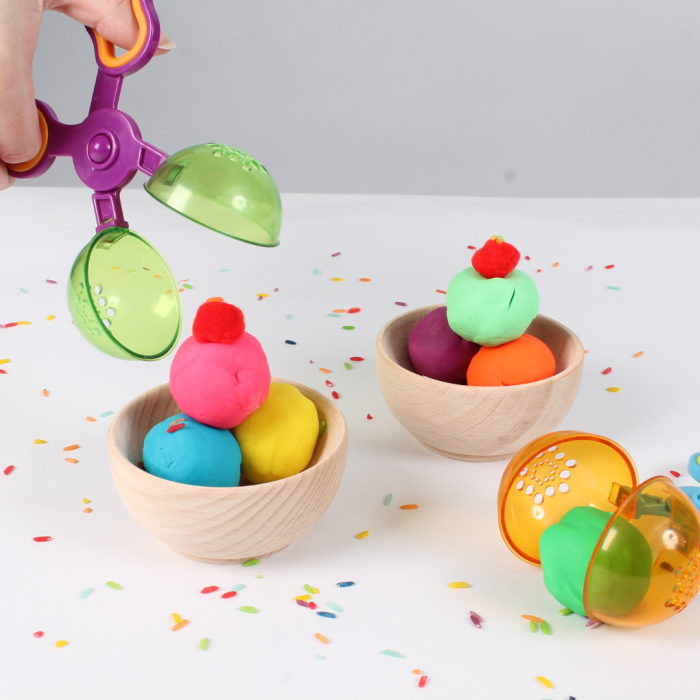
Hopefully this blog has demonstrated to you the benefits of imaginative play for kids and provided you with some activities to test yourselves. If you are looking for some resources to support development then why not explore our range of small world resources, dolls and prams or general role play accessories!


